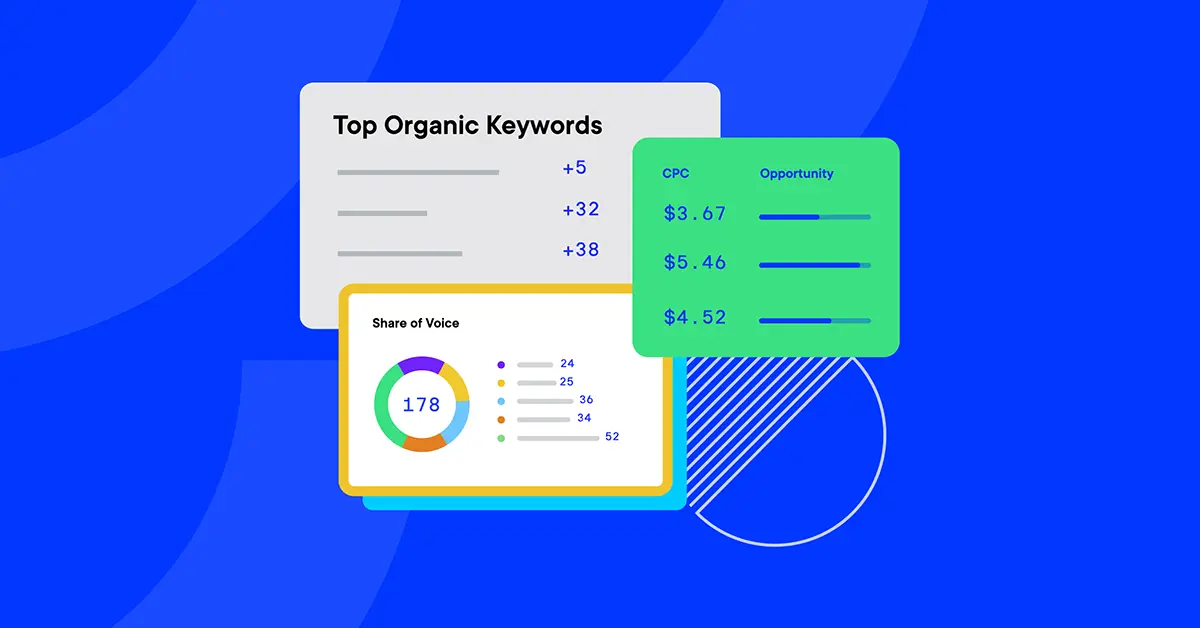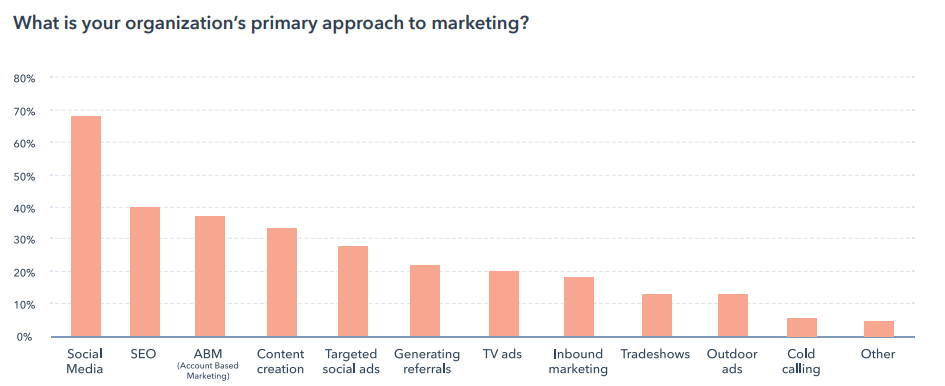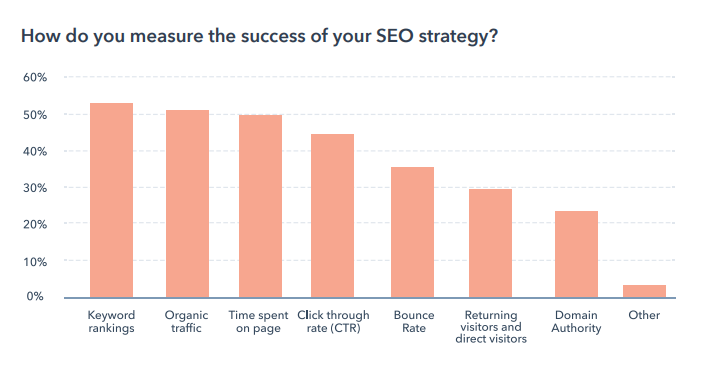The complete guide to statistics in modern marketing
Businesses that wish to build consumer confidence in their brand should leverage statistics in modern marketing. How? Let's look at three ways.

Lewis Carroll, satirist and author of Alice’s Adventures in Wonderland, once said: “If you wish to inspire confidence, give plenty of statistics.” Since businesses wish to build consumers’ confidence in their brand, how can they leverage statistics in modern marketing?
Statistics give insight into what people think about a company, and successful companies listen to their customers.
So, let’s find out the latest statistics from different avenues in marketing. But first, let’s review a fundamental question: what are statistics?
Key takeaways:
- Statistics is the practice or science of gathering and analyzing data. Researchers can infer details about a larger population from the sample gathered.
- Marketers use statistics to keep up with trends, understand their company’s target audience and create inspirational campaigns.
- Customers’ choice of digital platform constantly evolves. Continually re-evaluate which platform should be the primary marketing approach by collecting and analyzing statistics.
- Statistics can play a role when it comes time to hire content creators.
- Statistics show that almost 70% of marketers invest in SEO, and the top three SEO tactics are strategic keywords, localization and mobile optimization.
What is statistics?
Statistics is the science or practice of collecting and analyzing data. Researchers can infer details about a larger population from the sample gathered.
Statistics has two categories: inferential and descriptive.
Inferential statistics takes the data from a sample population and draws a conclusion. For instance, are left-handed baseball pitchers better than right-handed ones? In this case, we select 100 southpaws and 100 righties and have them throw a sequence of pitches at a target behind the mound, measuring speed and accuracy for various types of throws. After reviewing the results, what can the researchers infer?
Descriptive statistics explains the data gathered. For example, if twenty people are taking a poll and five jot down “Female” for their gender, a descriptive statistic could be that 25% of the people taking the poll are female.
Here, we will reference inferential statistics.
Why statistics matter
Whether we realize it or not, we use inferential statistics every day and many times throughout the day. Here are some scenarios:
- The weatherman reports a 70% chance of rain today. Do we choose to carry an umbrella when we go out?
- You’re shopping for a pair of shoes on Amazon. One product you’re interested in has 3.9 stars based on 60 customer reviews, while another has 4.6 stars based on 3,397 reviews. Which do you pick?
- Your brother says he’ll meet you at the diner at noon. However, the last eight times he’s met up with you, he showed up 30 minutes late. Are you inclined to arrive at noon on the dot?
- When deciding when’s the best time to take that trip to Bermuda, you see online that the average daily temperature for Bermuda in January is 69 degrees Fahrenheit while in June, it’s 79 degrees. When do you go?
The field of statistics brings to light an individual’s inherent need for social proof and pattern-based analysis.
Three areas to apply statistics in modern marketing
Marketers use statistics to keep up with trends, understand their company’s target audience and create inspirational campaigns. Modern marketing campaigns are flourishing in three areas. As we consider these, note how you can leverage general marketing statistics and then build marketing statistics specific to your company.
NOTE: Unless otherwise specified, statistics used are from HubSpot’s State of Marketing Report.
1. Social media marketing
Almost 70% of organizations use social media as their primary marketing approach. The top three goals for these campaigns are brand awareness, increased sales and increased engagement.
The recent focus on social media in marketing teaches us the need to re-evaluate continually. Consider the following:
- Customers’ choice of digital platform constantly evolves. Today it’s social media, but maybe tomorrow, it’s VR. Frequently re-evaluate which platform should be the primary focus.
- Which social media app do most of your customers prefer today? It would be logical to save money on the marketing budget by not advertising on Instagram if most of your buyers are on Twitter.
- Today’s winning marketing strategy may not work tomorrow. For example, you may partner with an influencer to increase brand awareness. Would that same strategy work the following year?
How do you re-evaluate? You can conduct surveys or study web analytics to answer these questions:
- Is social media the preferred digital channel among our customers?
- What are the top three most popular social media apps our customers use?
- Which social media channels does your company see the most return on investment (ROI)?
- What resonates well with our buyers? An influencer evaluating our service or product? A social ad?

2. Content marketing
Eighty-two percent of businesses actively use content marketing, and the most successful form of content marketing in recent times is videos.
What can marketers glean from these statistics? When hiring content creators, consider candidates who have experience with multimedia content creation and video editing and are eager to learn the latest best practices in content strategy.
What content marketing strategy works best for your business? To find out, answer these questions:
- Which form of content has the most customer engagement?
- Does my company perform A/B testing on content to determine which variation resonates best with visitors?
- Is there a channel that has little to no traction?
3. Search Engine Optimization
Almost 70% of marketers invest in SEO, and the top three SEO tactics are strategic keywords, localization and mobile optimization.
What are some takeaways from these statistics? Consider the following questions:
- Is there a segment of our buyers that live in other countries? Can we localize our website to those buyers?
- What percentage of our website do visitors access from a mobile device? How is their digital experience? Do we make it easy for those visitors to share a post on social media?

Partner with Optimizely for data-driven marketing
When you want to leverage statistics to make data-driven decisions in your business, turn to Optimizely. Our platform uses advanced AI technology to study user data and create personalized campaigns and websites.
Contact Optimizely to learn more about creating a data-driven marketing strategy to grow your business.
